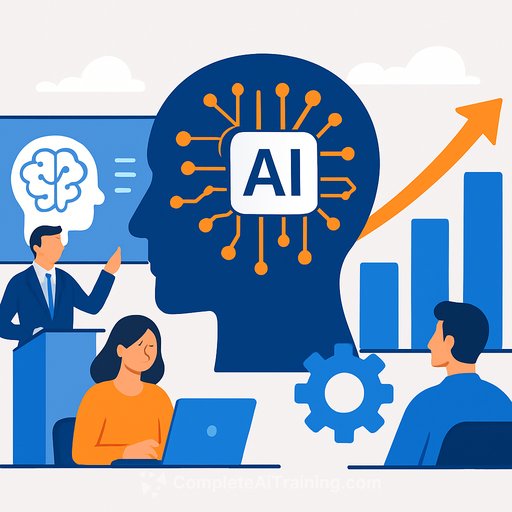Bloomberg AI in Finance Summit: What mattered for desks and decision-makers
At an invite-only gathering in New York, leaders across buy side, sell side, and fintech met to discuss how AI is changing core finance workflows. The focus was practical: faster research, stronger risk controls, and responsible adoption with clear guardrails.
Key highlights
- Updates on new AI features changing how investors use the Bloomberg Terminal for equity, credit analysis, and portfolio management.
- Panels on how agentic AI is streamlining operations and research to speed up alpha discovery and raise productivity.
- A closing fireside chat on how machine learning and agentic systems are redefining quantitative investing.
What attendees believe agentic AI will affect most
- Automating repetitive complex tasks and workflows: 62%
- Generating alpha through faster, deeper insights: 23%
- Supporting strategic decision-making across the enterprise: 11%
- Personalizing client experiences at scale: 4%
Why this matters for finance teams
Agentic AI moves beyond static models to systems that can plan, execute, and learn within constraints. In practice, that means quicker research cycles, cleaner data operations, and tighter feedback loops between signal discovery and portfolio action - with human oversight at key checkpoints.
The throughline was trust. Firms want transparent data lineage, model governance that stands up to audit, and measurable gains in accuracy and speed. The conversation is shifting from experimentation to production-grade controls.
Where to apply AI next
- Research and alpha: Summarize filings, earnings calls, and news; generate hypotheses; backtest faster with curated data.
- Credit and risk: Automate monitoring, scenario analysis, and anomaly detection; flag exposures earlier.
- Operations: Reconcile data, draft routine reports, and triage service requests with human-in-the-loop checks.
- Client coverage: Turn interactions and portfolios into timely, relevant insights without adding headcount.
Practical steps to move from pilots to production
- Start with three high-friction, high-frequency tasks; define success in time saved, error rate, and decision quality.
- Implement human review on material outputs (research notes, risk flags, client messages) until metrics stabilize.
- Instrument everything: data lineage, prompts, model versions, and decision logs for audit and model risk.
- Create an AI steering group across investment, risk, compliance, and technology to approve use cases and monitor drift.
- Tie model performance to economic outcomes: hit rate, PnL attribution, turnover, and operational KPIs.
Governance that regulators will respect
Adopt clear policies for data privacy, third-party models, and incident response. Make it testable: sandbox first, then phased rollout with kill switches. For a helpful framework, see the NIST AI Risk Management Framework.
Resources
- Curated tooling ideas for front, middle, and back office: AI tools for finance
Redefining decision-making in the age of AI starts with measurable wins, disciplined governance, and workflows that compound over time. Discover AI at Bloomberg.
Your membership also unlocks:






